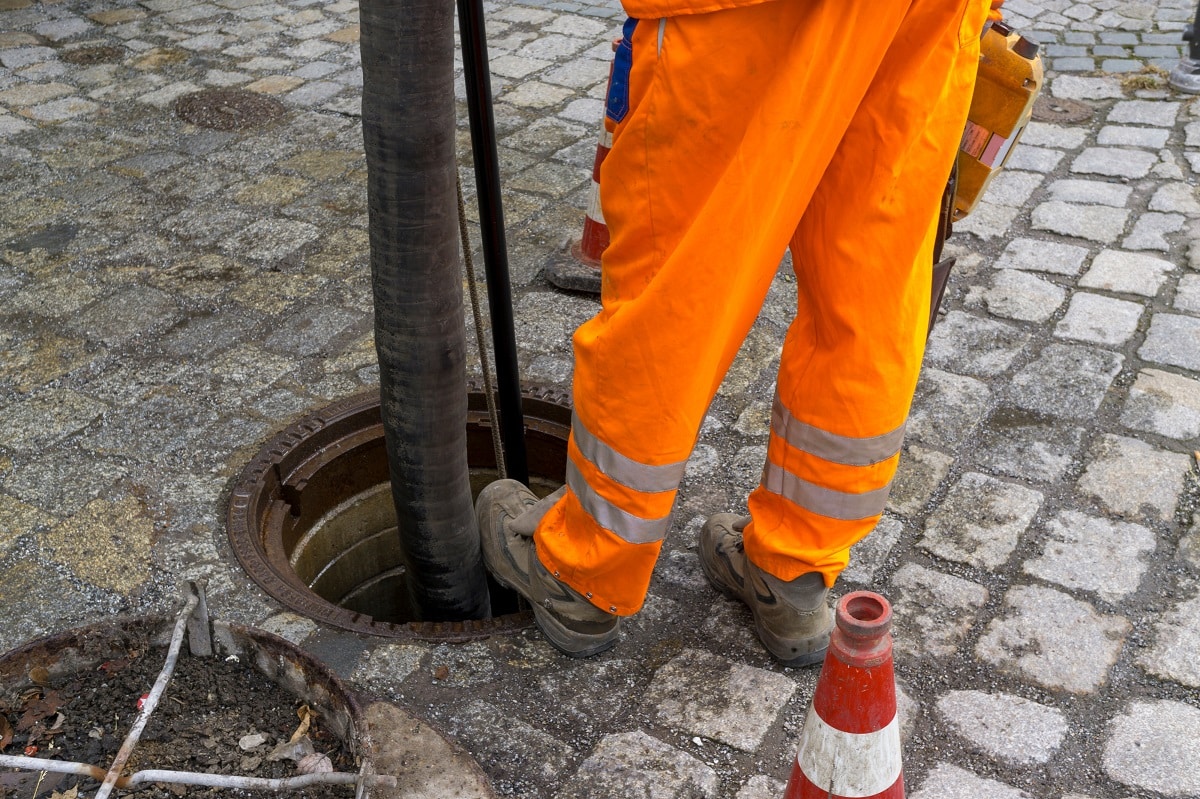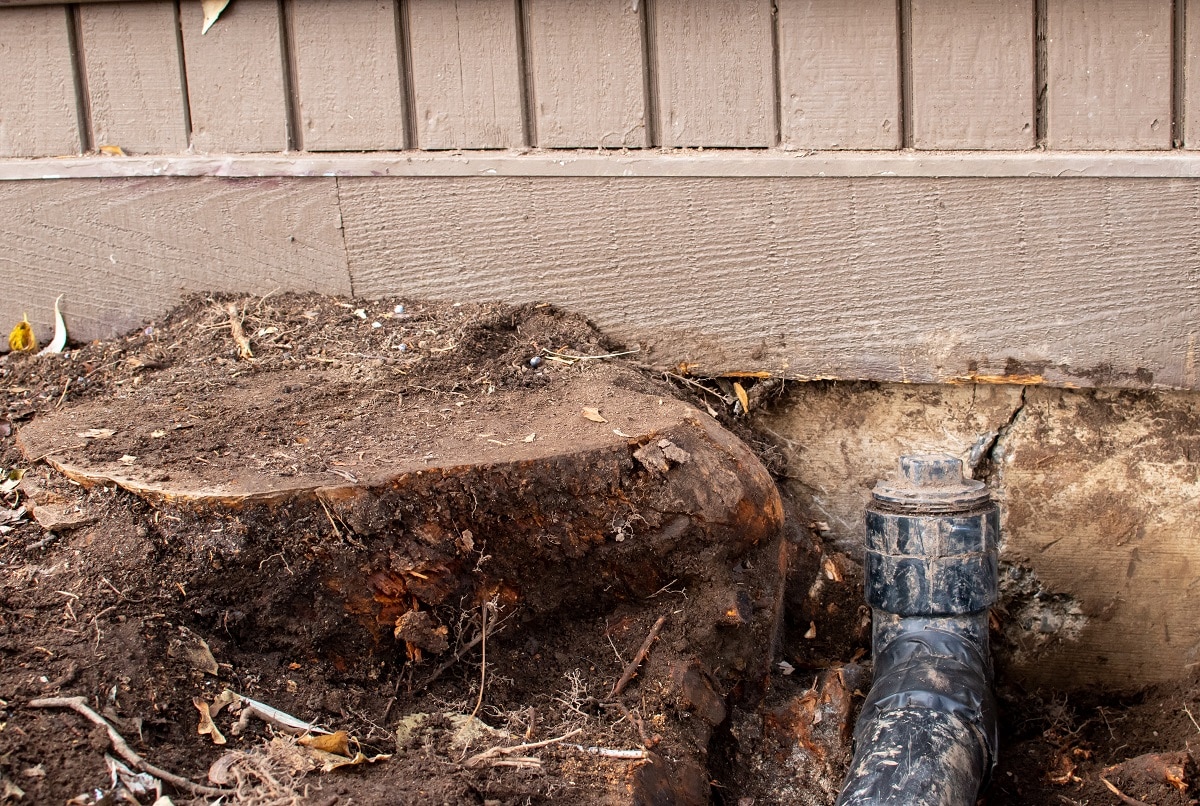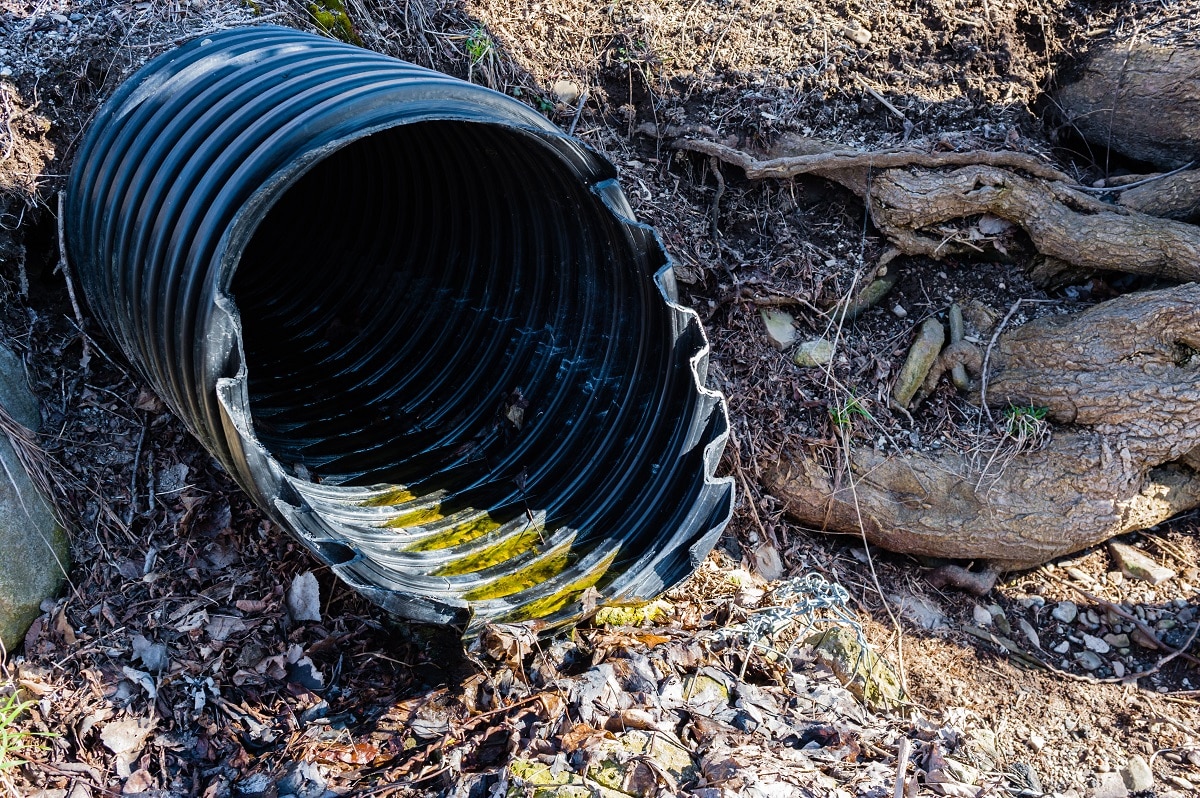Overview: Connecting a New Drain to an Existing Sewer Line
Connecting a new drain to an existing sewer line is a complex process. It requires careful planning and the right materials to ensure a successful connection. The process involves measuring, cutting, and installing the new pipe and fittings, as well as creating appropriate channel bends, installing a rocker pipe, and preparing a detailed method statement for connection works. It is important to also consider local planning commission requirements, overpumping for large diameter pipes, and vacuum sewerage system requirements. Lastly, it is important to consider septic tanks and cesspits as private drainage systems and the responsibilities of Anglian Water. Connecting a new drain to an existing sewer line is a detailed process, but with the right planning and materials, it can be done successfully.
Understanding Local Planning Commission Requirements
Before attempting to connect a new drain to an existing sewer line, it is important to understand the requirements set by local planning commissions. Contacting and consulting with local town councils and planning authorities is essential to ensure all regulations are adhered to. Different materials are used for drainage pipes, such as uPVC or vitrified clay, and the diameter of the pipes must be taken into account. Pipes must also be backfilled with stones of between five and 10 millimeters in size, and access points should be provided at all bends and junctions. It is important to accurately estimate labour costs and time frames, and safety must always be taken into account. Consulting with local planning commissions is the best way to ensure all requirements are met.
Choosing the Best Location to Connect Pipes
When connecting a new drain to an existing sewer line, it is important to choose the best location to join the pipes. This will save time, materials, and effort. It is important to measure the width of the fitting and transfer the measurement to the existing sewer lines. This will ensure that the cut portion of the pipe is the right size. Additionally, it is important to make sure that the flexible couplings are securely tightened with a screwdriver and supported by plumber’s tape. Finally, it is important to paint exposed drain lines to match their surroundings. Choosing the best location to join pipes is an important factor in the successful installation of a new drain.
Measuring & Cutting the Existing Pipe to Make Room for the New Branch
When connecting a new drain to an existing sewer line, it is important to measure and cut the existing pipe to make room for the new branch. This process is essential to ensure a secure and safe connection. First, select the location for the new drain to join the existing lines in order to save materials and effort. Measure the width of the fitting and transfer the measurement to the existing sewer lines at the mark. Then use a reciprocal saw to cut the existing sewer line. Remove the cut portion of pipe and place a flexible coupling between the gap created. Use a screwdriver to tighten the clamps that secure the couplings in place, and use plumber’s tape to support the couplings beneath the point at which old and new pipe meet. Once the fitting is secure, the new branch can be added and glued together with ABS glue. Lastly, paint the exposed drain lines to match their surroundings.
Installing Flexible Couplings
Flexible couplings are used to join the gap created when cutting the existing pipe. They provide a secure connection between the old and new pipes. To install them, use a screwdriver to tighten the clamps that secure the couplings in place. Use plumber’s tape to support the couplings beneath the point at which the old and new pipes meet. Make sure the couplings are tight and secure to ensure a watertight seal. Check for any leaks after installation and fix any issues before proceeding. Flexible couplings are the best way to join two pipes together, providing a reliable connection and a tight seal.
Adding the New Pipe & Fittings
Adding the new pipe and fittings is an important step when connecting a new drain to an existing sewer line. The materials used should be uPVC or vitrified clay, with a diameter of 100 millimeters. The pipe should be backfilled with stones of between 5 and 10 millimeters in size. It is also important to provide access points at the start of each drain run, at any bends or junctions, and when the pipe changes size. When installing the new pipe and fittings, it is important to take safety into consideration. It is also important to consult with local planning commissions to determine any specific requirements.
Creating an Appropriate Channel Bend
When connecting a new drain to an existing sewer line, it is important to use an appropriate channel bend, or slipper, to direct the flow of water into the sewer. This bend must be made of clayware and should be installed before the pipe is connected. It is also important to install a rocker pipe that is 600mm in length for a connection pipe not greater than 450mm in diameter. This will help ensure that the flow of water is directed correctly through the pipe and that the pipe is not damaged. It is important to remember that private pumping or rising mains must not be connected directly to the public sewer and that vacuum sewerage systems require connections to certain parts of the system. If a connection is required to a trunk foul sewer or other special sewer, a detailed method statement will be necessary.
Installing a Rocker Pipe
When connecting a new drain to an existing sewer line, a rocker pipe must be joined to the short pipe built into the manhole. The length of the rocker pipe should be 600mm for a connection pipe not greater than 450mm in diameter. It’s important to make sure the rocker pipe is properly secured to the manhole and the connection pipe so that it can handle the pressure of the water running through it. Failure to do so can lead to pipe leaks, property damage and costly repairs. To ensure the rocker pipe is installed correctly, it’s best to hire a professional plumber who has experience with this type of installation.
Connection Requirements for Pumping or Rising Mains
When connecting a pumping or rising main to an existing sewer line, it’s important to follow certain requirements. This is to ensure the connection is secure and safe. The main must be connected to a privately owned length of gravity sewer, which is in turn connected to a new or existing manhole on the public sewer. Vacuum sewerage systems also require special connections that must be made to certain parts of the system, typically the vacuum pot itself. When connecting larger diameter pipes with high flows, it’s necessary to overpump from the upstream to the downstream manhole. A detailed method statement is necessary for any connection to a trunk foul sewer or other special sewer. Excavation is required to expose a sufficient length of pipe for the connection to be carried out efficiently. Septic tanks and cesspits are private drainage systems and are not the responsibility of Anglian Water.
Vacuum Sewerage System Requirements
Vacuum sewerage systems differ from conventional systems in that connections are only permitted to certain parts of the system, normally the vacuum pot itself. Connections must be made in accordance with the manufacturer’s instructions and should be tested to ensure that they are secure and functioning correctly. All connections should be made with the appropriate fittings and should be firmly secured with clamps. Vacuum systems require specific maintenance and cleaning procedures, and it is important to follow the manufacturer’s instructions closely to ensure that the system functions correctly. It is also important to ensure that any additional connections, such as pumps, are correctly installed and tested prior to use.
Overpumping to Connect Larger Diameter Pipes
When connecting larger diameter pipes, it is necessary to use a process called overpumping. This involves pumping the contents of the upstream manhole to the downstream manhole, allowing the connection to be made. This process is sometimes necessary to ensure that the flow of the new pipe is not restricted. It is important to be aware that this process can be time consuming and may require specialised machinery.
When overpumping, it is important to check the condition of the pipes and fittings before starting the process. This will help to ensure that there are no issues with the connection. It is also important to ensure that the pipes are correctly sealed and that the flow is not restricted in any way. By taking the necessary precautions, it is possible to make the connection quickly and safely.
Preparing a Detailed Method Statement for Connection Works
When connecting a new drain to an existing sewer line, it is important to prepare a detailed method statement in order to ensure that the work is done correctly. This statement should include a description of the work to be done, the materials and tools required, the labor costs and time frame, and any safety considerations. It is also important to consult with local planning commission to determine any specific requirements. This will ensure that the connection is done properly and in accordance with local regulations. A detailed method statement will also help to ensure that the project is completed in a timely and cost-effective manner.
Excavation to Expose Sufficient Length of Pipe
Excavation is an essential part of the process when connecting a new drain to an existing sewer line. Care must be taken to ensure that the correct length of pipe is exposed and that the excavation is done in a safe and efficient manner. The excavation should be deep enough to allow for the connection to be made and should be wide enough to allow for the new pipe to be laid. Depending on the size of the pipe, additional width may be needed for the installation of any necessary fittings. It is important to take into account any obstructions such as walls, trees, or other objects that may be in the way. All necessary safety precautions should be taken when carrying out excavation work.
Responsibilities of Anglian Water
Anglian Water is responsible for maintaining the public sewer systems in the UK. This includes ensuring that all connections to the public sewer are properly installed, that the pipes are of the correct size and material, and that the system is safe and secure. They also monitor the quality of the water in the sewers and have the power to shut off any connection that is not in compliance with their regulations.
It is important to be aware of Anglian Water’s responsibilities when connecting a new drain to an existing sewer line. It is essential to adhere to all regulations and standards, and to obtain the proper permits before beginning any work. Additionally, it is important to ensure that all connections are properly made and that the system is safe and secure. Failure to comply with Anglian Water’s regulations can result in costly fines and other penalties.
Considering Septic Tanks & Cesspits as Private Drainage Systems
Septic tanks and cesspits are private drainage systems and are not the responsibility of Anglian Water. If you need to install a septic tank or cesspit, it is important to understand the regulations and requirements for such systems. Septic tanks must be installed in accordance with local regulations and must be connected to a suitable drainage system. Cesspits must also be installed in accordance with local regulations, and they must be emptied regularly. Before installing a septic tank or cesspit, it is important to consult with your local planning commission to ensure that you are meeting all of the requirements. Failure to do so could result in costly fines and other penalties.



